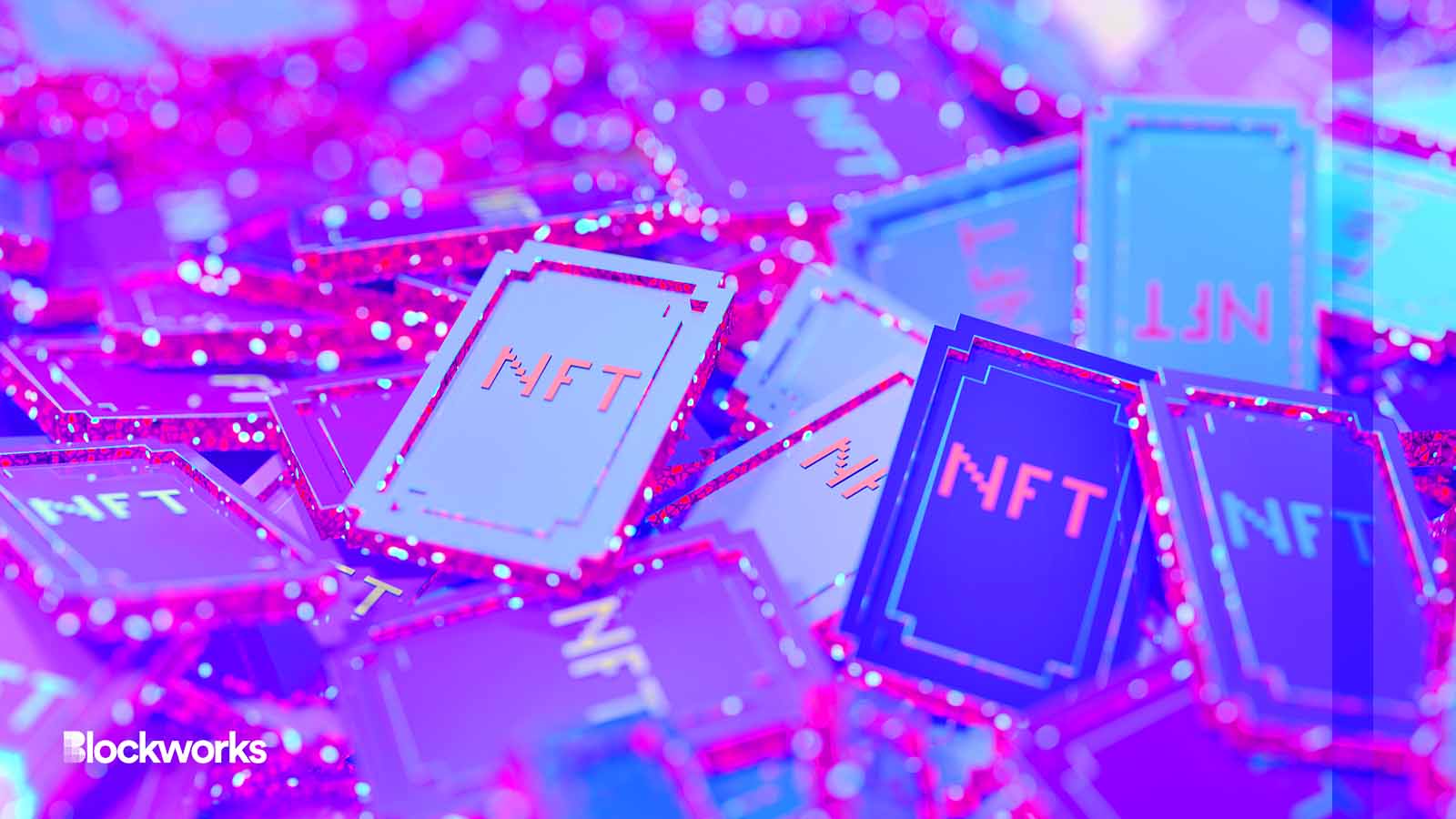Bringing major content creators to Drip Haus key to mass adoption strategy
The company uses Solana’s compressed NFT technology, making the creation of digital assets cheap enough to distribute to a vast audience

whitehoune/Shutterstock modified by Blockworks
“I love money. I love everything about it. I bought some pretty good stuff. Got me a $300 pair of socks. Got a fur sink. An electric dog polisher. A gasoline powered turtleneck sweater. And, of course, I bought some dumb stuff, too.”
Had comedian Steve Martin said this following the 2021 NFT bullrun, he may well have added a cartoon JPEG of a Bored Ape to his list of absurd acquisitions.
Or perhaps he might have added to his wealth with the launch of his own 10K profile picture collection — worth approximately $0 today — to cash in on the craze.
Endorsing rare, high-end collectibles or launching their own pricey collections — “Those were the two things that influencers did,” says Vibhu Norby, founder of Drip Haus. The Web3 company defies the typical token scarcity model, instead offering subscribers thousands of free digital collectibles made by famous creators.
As difficult as it may be to believe, the founder insists money isn’t the primary concern for these types of celebrities. They’re already “making tons of money from sponsorships,” he says. What they care about most, according to Norby, is their audience.
“They’re worried about being relevant and getting their content in front of the next generation,” he says. “What Drip can offer here is another way to reach young people that is different.”
Speaking to Blockworks on the Lightspeed podcast (Spotify/Apple), Norby explains how the company plans to tap into a vast audience and onboard millions of users to crypto via the Solana-based NFT platform.
The founder knows a thing or two about designing products for large audiences. Norby once worked as an engineer at the home automation company Nest under the leadership of famed iPod designer Tony Fadell.
In a Medium blog, Norby writes: “Working for Nest and for Tony was a career- and life-changing experience. I did some of my best work there. I learned what great work was and how you might do it. I developed a habit for it.”
Drip Haus, Norby says, offers “another way to reach young people.”
The company uses Solana’s compressed NFT technology, making the creation of digital assets cheap enough to mint and give away in the millions. The platform enables the distribution of collectible NFTs on a grand scale and lets celebrities issue digital assets to their loyal fans as a tool for engagement rather than a 2021-style money grab.
Finding the right ones
Platforms such as Instagram, TikTok and Twitter all “had this moment,” he explains,“breaking through with some big influencer coming on board.”
“As soon as that influencer shows up, if it’s the right one,” he says, “other celebrities start to show up.”
“You start to build this healthy flywheel where the mainstream audiences are interested in seeing what’s going on over there. My goal is to be ready for that moment.”
When asked how audiences will be brought onboard, Norby reveals that the Drip mobile app will be the front end. “It’s not even announced,” he says, “but we’re definitely working on mobile.”
The platform isn’t quite ready for mass adoption, Norby admits. Improvements to the sign-up process and a “number of things [he] won’t go into” are still in the works. “Once we’re there,” he says, “we’re going to go hard after bringing in major content creators into the platform.”
“It’s just about finding the right ones.”
“When the right person comes on board,” he says, “Solana will change overnight.” Millions of people who have never interacted with the technology “are going to be engaging with NFTs in an interesting way,” according to Norby.
Content creators today, Norby says, are investors who think about the next potential way to reach out to their supporters. “They’re not going to dismiss an audience of millions of people, who are young, wealthy, connected and engage a lot. They’re not going to want to miss out on that.”
Get the news in your inbox. Explore Blockworks newsletters:
- The Breakdown: Decoding crypto and the markets. Daily.
- 0xResearch: Alpha in your inbox. Think like an analyst.






